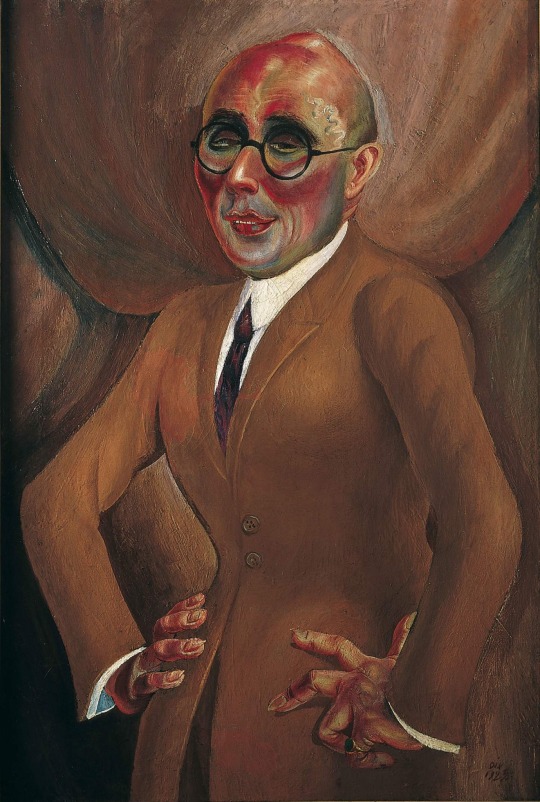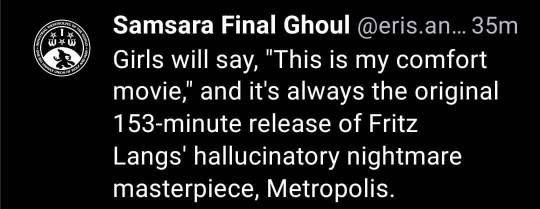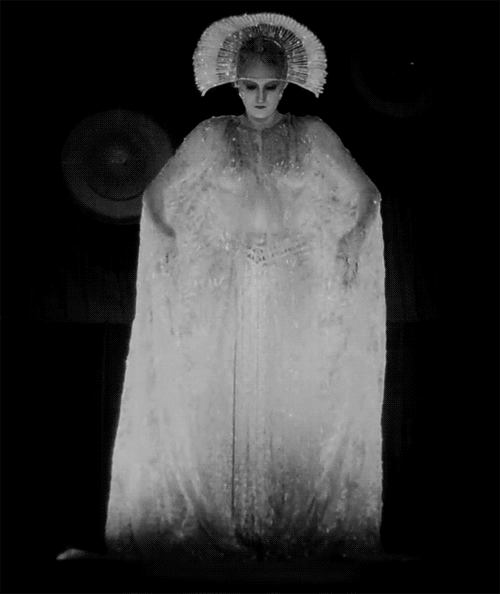#Weimar
Explore tagged Tumblr posts
Text




Maskenselbstporträts, Gertrud Arndt, c. 1930s
I’ll never finish taking off all these masks. Claude Cahun, 1930
#photography#art#gertrud arndt#german artists#1930s#bauhaus#maskenselbstporträts#feminine identity#weimar#claude cahun#quotes#vintage#masks#black and white
39 notes
·
View notes
Text
The Forgotten History of the World’s First Transgender Clinic
I finished the first round of edits on my nonfiction history of trans rights today. It will publish with Norton in 2025, but I decided, because I feel so much of my community is here, to provide a bit of the introduction.
[begin sample]
The Institute for Sexual Sciences had offered safe haven to homosexuals and those we today consider transgender for nearly two decades. It had been built on scientific and humanitarian principles established at the end of the 19th century and which blossomed into the sexology of the early 20th. Founded by Magnus Hirschfeld, a Jewish homosexual, the Institute supported tolerance, feminism, diversity, and science. As a result, it became a chief target for Nazi destruction: “It is our pride,” they declared, to strike a blow against the Institute. As for Magnus Hirschfeld, Hitler would label him the “most dangerous Jew in Germany.”6 It was his face Hitler put on his antisemitic propaganda; his likeness that became a target; his bust committed to the flames on the Opernplatz. You have seen the images. You have watched the towering inferno that roared into the night. The burning of Hirschfeld’s library has been immortalized on film reels and in photographs, representative of the Nazi imperative, symbolic of all they would destroy. Yet few remember what they were burning—or why.
Magnus Hirschfeld had built his Institute on powerful ideas, yet in their infancy: that sex and gender characteristics existed upon a vast spectrum, that people could be born this way, and that, as with any other diversity of nature, these identities should be accepted. He would call them Intermediaries.
Intermediaries carried no stigma and no shame; these sexual and Gender nonconformists had a right to live, a right to thrive. They also had a right to joy. Science would lead the way, but this history unfolds as an interwar thriller—patients and physicians risking their lives to be seen and heard even as Hitler began his rise to power. Many weren’t famous; their lives haven’t been celebrated in fiction or film. Born into a late-nineteenth-century world steeped in the “deep anxieties of men about the shifting work, social roles, and power of men over women,” they came into her own just as sexual science entered the crosshairs of prejudice and hate. The Institute’s own community faced abuse, blackmail, and political machinations; they responded with secret publishing campaigns, leaflet drops, pro-homosexual propaganda, and alignments with rebel factions of Berlin’s literati. They also developed groundbreaking gender affirmation surgeries and the first hormone cocktail for supportive gender therapy.
Nothing like the Institute for Sexual Sciences had ever existed before it opened its doors—and despite a hundred years of progress, there has been nothing like it since. Retrieving this tale has been an exercise in pursuing history at its edges and fringes, in ephemera and letters, in medal texts, in translations. Understanding why it became such a target for hatred tells us everything about our present moment, about a world that has not made peace with difference, that still refuses the light of scientific evidence most especially as it concerns sexual and reproductive rights.
[end sample]
I wanted to add a note here: so many people have come together to make this possible. Like Ralf Dose of the Magnus-Hirschfeld-Gesellschaft (Magnus Hirschfeld Archive), Berlin, and Erin Reed, American journalist and transgender rights activist—Katie Sutton, Heike Bauer. I am also deeply indebted to historian, filmmaker and formative theorist Susan Stryker for her feedback, scholarship, and encouragement all along the way. And Laura Helmuth, editor of Scientific American, whose enthusiasm for a short article helped bring the book into being. So many LGBTQ+ historians, archivists, librarians, and activists made the work possible, that its publication testifies to the power of the queer community and its dedication to preserving and celebrating history. But I ALSO want to mention you, folks here on tumblr who have watched and encouraged and supported over the 18 months it took to write it (among other books and projects). @neil-gaiman has been especially wonderful, and @always-coffee too: thank you.
The support of this community has been important as I’ve faced backlash in other quarters. Thank you, all.
NOTE: they are attempting to rebuild the lost library, and you can help: https://magnus-hirschfeld.de/archivzentrum/archive-center/
#support trans rights#trans history#trans#transgender#trans woman#trans rights#trans representation#interwar period#weimar#equality#autistic author#nonbinary#lgbtq representation#lgbtqia#book news#book#books#new books#thank you#neil gaiman#for your support
2K notes
·
View notes
Text


Weimar, Germany 1901/05
#weimar#1900s#germany#history#vintage#1900#photography#deutschland#architecture#people#street life#places#interior#library#aesthetics#historical fashion
148 notes
·
View notes
Text

Fritz Lang makes himself a drink at the bar of his flat in Berlin, 1932. Photo by Martin Munkacsi.
169 notes
·
View notes
Text

Bauhaus Universität, Weimar. Photo: Matthias Heiderich
348 notes
·
View notes
Text

Composition from Masters’ Portfolio of the Staatliches Bauhaus. László Moholy-Nagy - 1923.
#lászló moholy-nagy#art#fine art#bauhaus#constructivism#hungarian painters#hungarian#bauhaus school#germany#the 40s#the 1940s#weimar#art & technology#new bauhaus#design#20s -40s#artists#moholy-nagy
146 notes
·
View notes
Text

Otto Dix, Portrait of the Jeweller Karl Krall, 1923
#otto dix#german painting#german art#german painter#german artist#weimar#portrait#portrait painting#portrait art#portraiture#modern art#art history#aesthetictumblr#tumblraesthetic#tumblrpic#tumblrpictures#tumblr art#aesthetic#beauty
282 notes
·
View notes
Text

1921 cover for the magazine Berliner Leben
#attack of the 50 foot flapper#vintage#jazz age#vintage style#1920s#weimar#weimar republic#1921#silent era#1920s style#ephemera#Berliner Leben#berlin#vintage fashion#1920s fashion
168 notes
·
View notes
Text


Franz Rehfeld, 1930
331 notes
·
View notes
Text










175 notes
·
View notes
Text

Weimar, Germany 1910
90 notes
·
View notes
Text

Unknown photographer. Police photo of Liddy Bacroff, 1933. Gelatin silver print. Staatsarchiv, Hamburg.
Police photo of Liddy Bacroff (1908-1943) taken after an arrest, 1933. Barcoff described themself as a “homosexual transvestite”, lived from sex work, and was convicted several times. In 1943, they was murdered in the Mauthausen concentration camp.
Liddy Bacroff, a transgender woman initially from Ludwigshafen, who moved to Hamburg and lived for the majority of her life publicly presenting herself as a woman. She did not perceive herself to be a man (and, indeed, in papers she left after having been imprisoned, she determined what her name would be while also conspicuously referring to herself as “Liddy Bacroff, Transvestit”).
56 notes
·
View notes
Text

Cocain: Mondaine und Demimondaine Skizzen, a 1921 collection of short stories of Berlin subculture by F. W. Koebner.
147 notes
·
View notes
Text





** from Dr. Mabuse, der Spieler by Norbert Jacques, Chapter 11 **
#dr. mabuse#count told#dr. mabuse the gambler#dr. mabuse der spieler#norbert jacques#1920s#weimar#german literature#literature#book passage#character quotes#excerpts#fragments#gambling#lit#prose#typography#words#my post
22 notes
·
View notes


